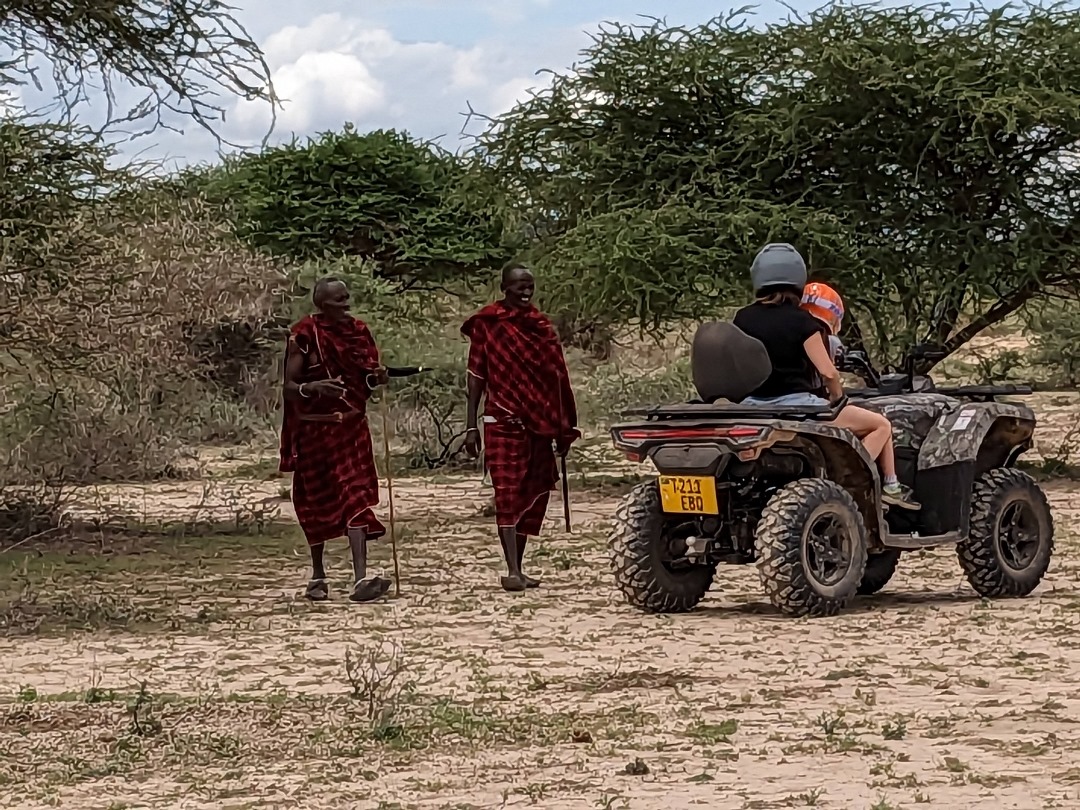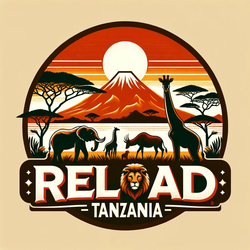Tarangire National Park
Description: Tarangire National Park is a captivating landscape situated between the meadows of the Masai Steppe to the southeast and the lakes of the Great Rift Valley to the north and west. Central to the park is the Tarangire River, a crucial water source that sustains the park’s diverse wildlife, especially during the dry season when the surrounding region is parched. Flowing northwards, the river exits the park at the northwestern corner, emptying into Lake Burungi. The southern part of Tarangire features wide swamps that transform into lush green plains during the dry season.
From June to November, Tarangire becomes a haven for a significant wildlife migration. While not as famous as the Great Migration in the Serengeti, it attracts large numbers of animals, including wildebeests, elephants, gazelles, zebras, hartebeests, and buffaloes. Predators like lions also frequent the riverbanks, drawn by the abundance of prey. During the rainy season, from November to May, zebras and large herds of wildebeests migrate northwest towards the Rift Valley floor, spreading across the Masai Steppe and towards Lake Manyara.
Tarangire is renowned for its impressive elephant population, with herds of up to 300 individuals. The park also hosts a variety of other wildlife, including impalas, elands, buffaloes, giraffes, Bohor reedbucks, Coke’s hartebeests, Thompson’s gazelles, and both greater and lesser kudus. Occasionally, visitors may spot the rare gerenuk and fringe-eared oryx. Common predators in the park include leopards, lions, hyenas, and cheetahs, particularly in the southern open areas. Although wild dogs are rare, they are occasionally seen.
Bird enthusiasts will find Tarangire a paradise, with over 545 bird species recorded. Among them are the vibrant yellow-collared lovebirds and the elusive starlings, alongside many other fascinating species. Tarangire National Park offers a rich and varied safari experience, combining impressive wildlife sightings with stunning landscapes.
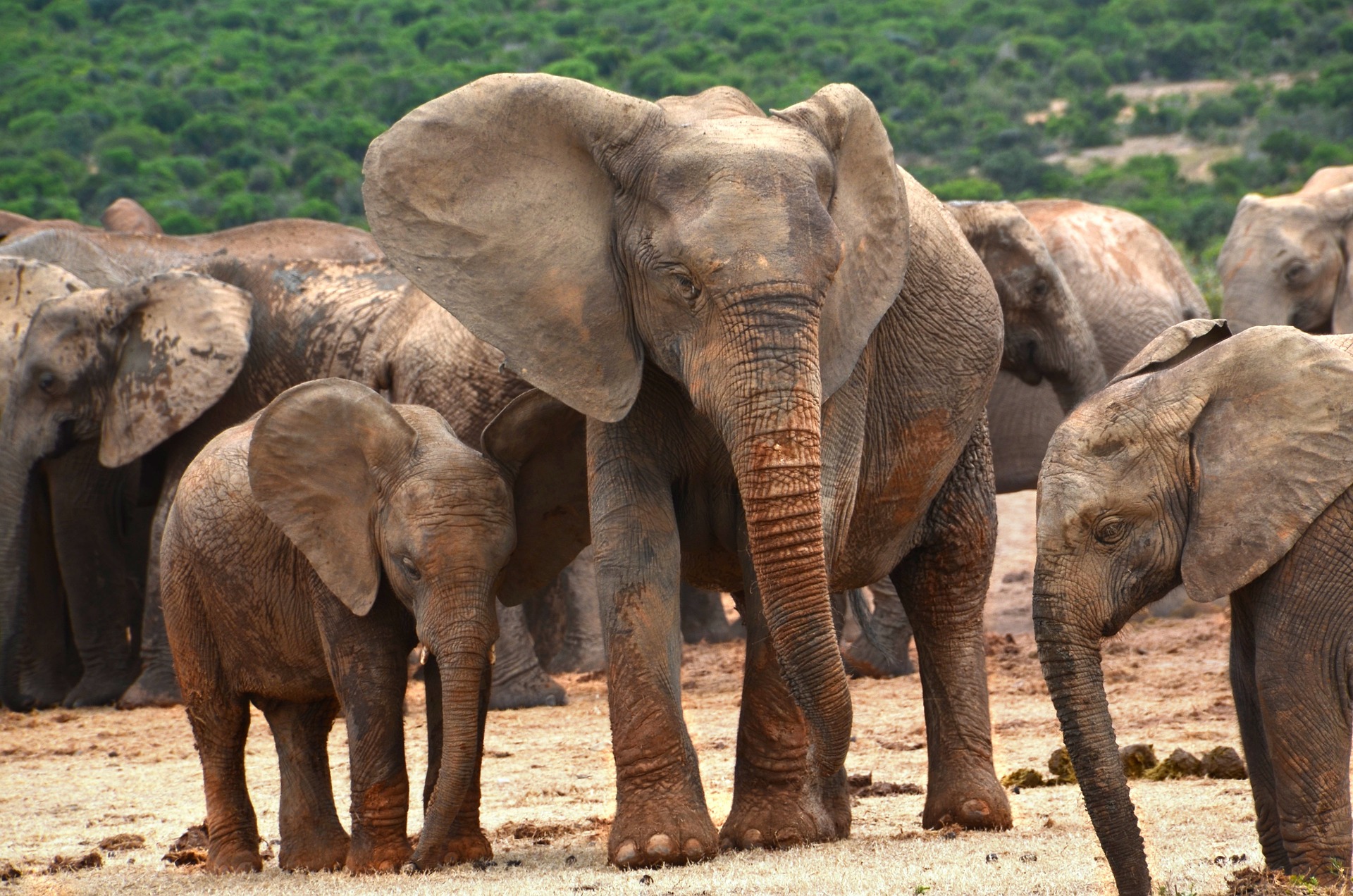
Lake Manyara National Park
Description: Lake Manyara National Park is characterized by the shallow, alkaline Lake Manyara, which expands and contracts with the seasons within a long, silvery bowl of salt deposits. The lake covers 220 square kilometers, accounting for two-thirds of the park’s total area. It is renowned for hosting large flocks of pink flamingos and other wildlife, including hippos that inhabit the shallow parts of the lake.
Wildlife in Lake Manyara National Park: The park is home to a diverse array of wildlife, including elephants, wildebeests, giraffes, and buffaloes. It is also well-known for its populations of zebras, impalas, warthogs, and waterbucks. On the slopes of the escarpment, visitors might spot the elusive and shy Kirk’s dik-dik and klipspringer.
The park’s game drive circuit is relatively compact and can be covered in about 3 to 4 hours, allowing for sightings of animals on the move. While most safari companies organize afternoon visits, morning safaris are often more rewarding due to fewer vehicles and increased wildlife activity.
Tree Climbing Lions in Lake Manyara: Lake Manyara is famous for its unique population of tree-climbing lions, one of only two such populations in the world (the other being in Ishasha, Queen Elizabeth National Park, Uganda). These exceptional lions attract many tourists and photographers eager to witness their unusual behavior.
Birds in Lake Manyara: The park boasts a rich avian diversity, varying across different habitats. Visitors can see large flocks of pelicans and pink flamingos on the lake, while the park’s borders and floodplains host egrets, stilts, herons, spoonbills, storks, and other waders. The woodlands are home to numerous bird species, and the evergreen forests near the escarpment offer sightings of crowned eagles, crested guinea fowl, and silvery-cheeked hornbills.
Vegetation in Lake Manyara: The park is set against the dramatic backdrop of the Great Rift Valley’s steep western escarpment. It features wide grassy floodplains near the lake, mixed acacia woodlands further inland, and patches of captivating evergreen forests sustained by perennial groundwater springs from the escarpment’s base.
Elephant Population: Lake Manyara National Park is home to a significant elephant population, easily observed in the evergreen forests and acacia woodlands. The abundant groundwater and lush vegetation provide ample sustenance for these majestic creatures.
The Tree-top Canopy Walk: In addition to traditional wildlife viewing, Lake Manyara offers a tree-top canopy walk, providing a unique perspective to observe primates and various birds within the forest from an elevated vantage point.
Located in the heart of Masai country, Lake Manyara National Park also offers visitors the chance to encounter the iconic red-robed pastoralists of the Maasai in their traditional bomas, adding a cultural dimension to the safari experience.
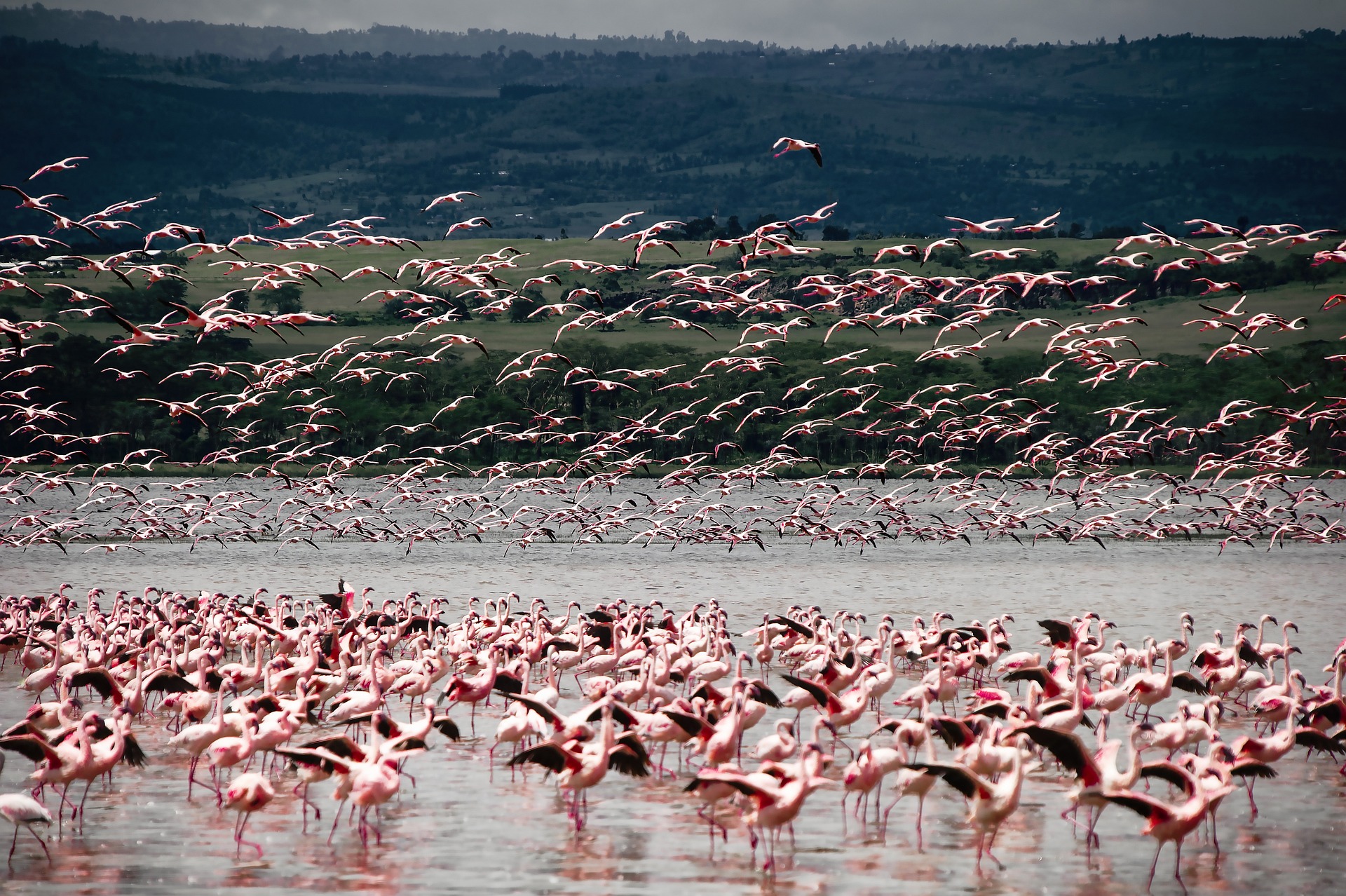
Ngorongoro Crater
Description: The Ngorongoro Crater in Northern Tanzania, once a massive volcano, is now the world’s largest intact caldera. It is said that before its eruption, the volcano would have stood taller than Mt. Kilimanjaro, Africa’s highest peak. Today, the crater is a remarkable highland area with a depth of 600 meters, making it a focal point of the Ngorongoro Conservation Area. Nearly three million years old, this ancient caldera is one of the most stunning wildlife sanctuaries on the planet.
Wildlife in Ngorongoro Crater: The Ngorongoro Crater is renowned as the best place in Tanzania to see ‘The Big Five.’ It boasts a healthy population of black rhino and some of Africa’s largest tusker elephants, making these species the most coveted sightings. The crater also supports robust populations of lion, leopard, and hyena, along with thriving herds of wildebeest, buffalo, and zebra. Other notable wildlife includes serval cats, cheetahs, jackals, Grant’s and Thompson’s gazelles, flamingos, and bat-eared foxes. With approximately 400 bird species, the crater is also a birdwatcher’s paradise.
Biodiversity and Landscape: The Ngorongoro Crater offers a unique ecosystem with a high concentration of wildlife within its relatively small area. This enclosed habitat provides an ideal setting for action-packed safaris, ensuring frequent and diverse animal sightings. The crater’s lush landscapes, from open grasslands and acacia woodlands to the central soda lake, create a stunning backdrop for wildlife viewing.
A safari in Ngorongoro Crater promises an unparalleled experience, combining the thrill of spotting the Big Five with the beauty of one of the world’s most picturesque natural settings. This exceptional concentration of wildlife and the breathtaking scenery make the Ngorongoro Crater a must-visit destination for any safari enthusiast.
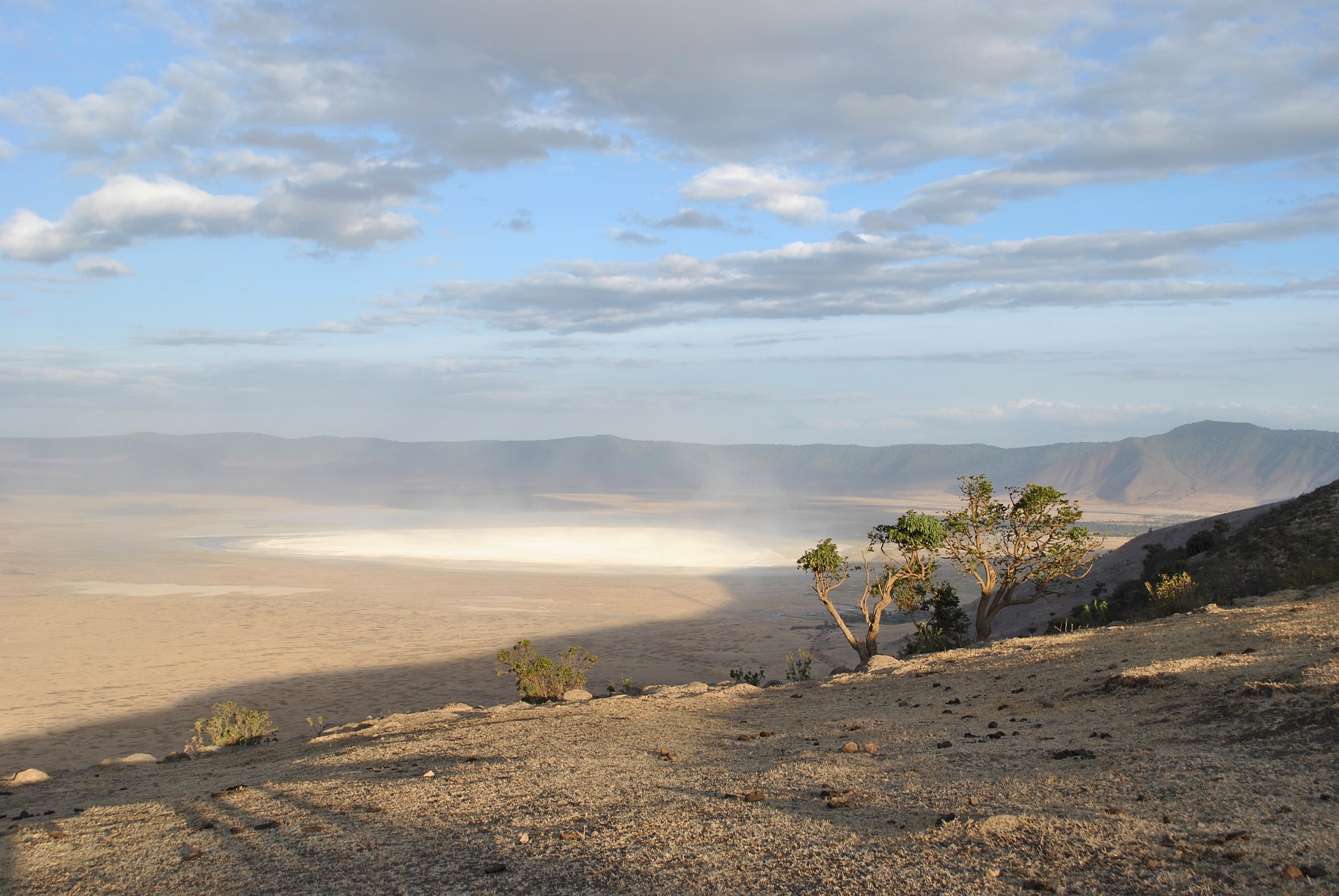
Serengeti National Park
Description: Serengeti National Park is a place where you can witness the awe-inspiring spectacle of millions of migrating wildebeest traversing the Acacia plains. Known as the cradle of human life, it offers an experience of an untouched African wilderness like no other. The Serengeti’s magic is beyond words: the sight and sound of millions of wildebeest so thick in the air that it resonates through your entire body, the honey-lit plains at sunset, and the warm smiles of the Maasai people all contribute to an unforgettable experience. Regardless of the season, the Serengeti is a magical destination year-round.
The Never-Ending Circle of the Great Migration: Recognized as a World Heritage Site in 1981, Serengeti National Park was acknowledged for its unique ecosystem as early as the 1950s. Visitors flock here primarily to witness the Great Migration, where millions of wildebeest, zebras, gazelles, and elands embark on a mass trek in search of water and fresh grass. This cyclical movement, defined by rainfall and grass nutrients, is unmatched anywhere else in the world. Unlike other wildlife parks, the Serengeti is unfenced, allowing animals to follow their ancient migratory routes freely.
Beyond the Great Migration: While the migration is a major draw, the Serengeti offers much more. The vast landscapes where you can drive endlessly, the incredible skies with dazzling colors, and the primal excitement of a thunderstorm on the horizon are just a few highlights. The park is also home to one of the largest concentrations of predators, with about 7,500 hyenas, 3,000 lions, and 250 cheetahs supported by the migratory herds. Elephants roam the plains and woodlands, adding to the diverse wildlife that makes the Serengeti a must-visit.
Tribes in the Cradle of Human Life: The Serengeti has a rich history of human occupation, with human ancestors living here for almost 4 million years. Today, it remains home to several indigenous tribes, including the Maasai. Known for their long-preserved culture, the Maasai people symbolize Tanzanian and Kenyan heritage. Despite modern influences, they maintain their traditional way of life, offering a unique cultural experience for visitors.
Vibrancy, Variety, and Vastness: Serengeti National Park is a land of transitions, from rich flat soils to poor hilly soils in the north, attracting diverse vegetation and wildlife. Whether you’re interested in big cats, birds, or smaller creatures, the Serengeti delivers. Understanding and experiencing even a small part of this ecosystem will change your perspective on the world and the environment. The park’s vibrancy, variety, and vastness will leave you forever transformed.
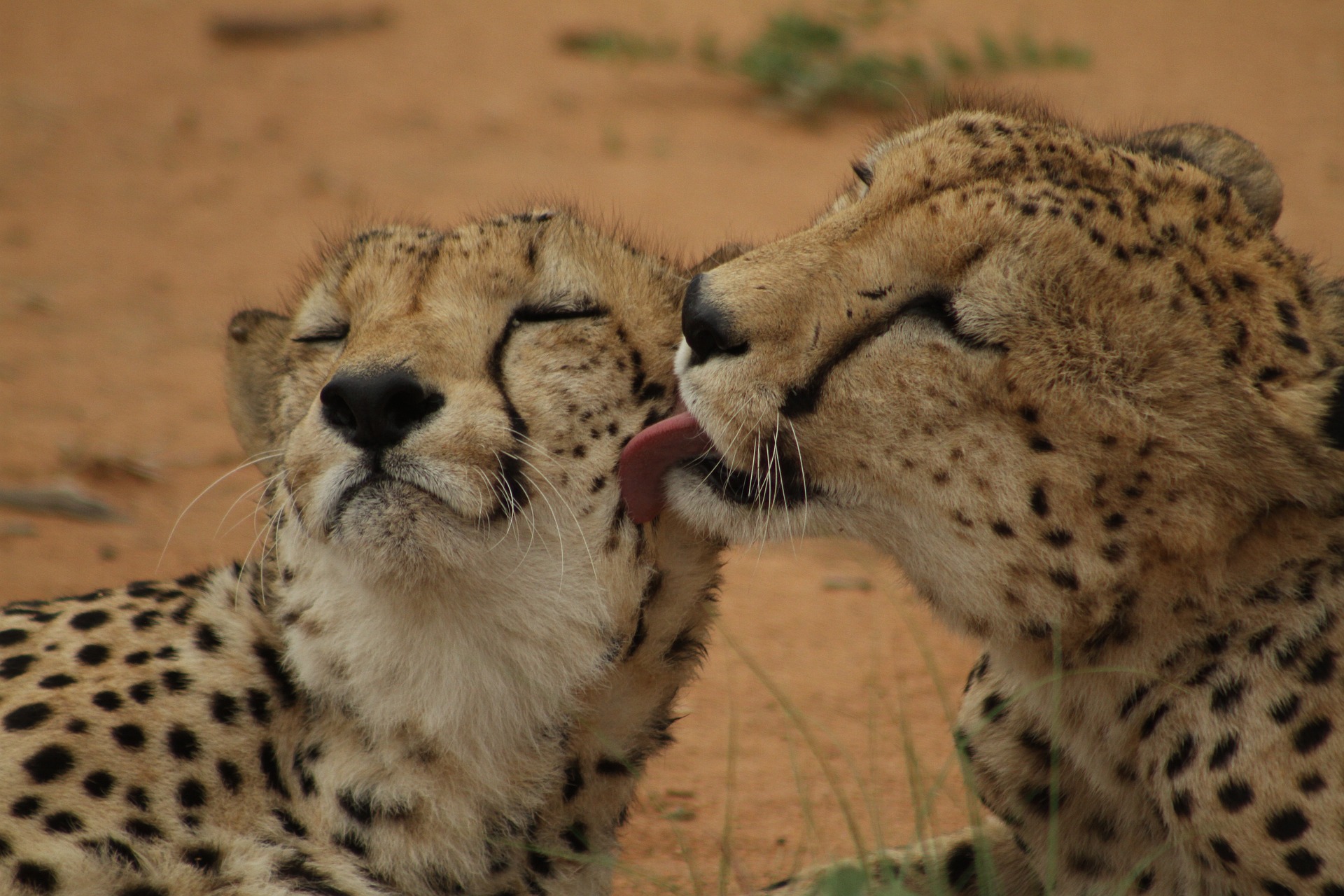
Burunge Wildlife Management Area (WMA)
Description: The Burunge Wildlife Management Area (WMA) is a hidden gem that offers a truly unique safari experience. With few visitors, you might find yourself exploring without encountering other vehicles, enhancing the sense of wilderness and adventure. Unlike national parks, in Burunge WMA, you are not restricted to roads, allowing for extensive exploration and discovery. The area occupies vital migratory corridors between Tarangire, Lake Manyara, and the adjacent Manyara Ranch, making it of significant conservation importance.
Wildlife and Attractions: Burunge WMA is renowned for its large buffalo population that migrates in and out of Tarangire National Park. The presence of Lake Burunge within the WMA attracts numerous water birds, including greater and lesser flamingoes, as well as a variety of ducks and shorebirds. This rich biodiversity makes Burunge a fascinating destination for wildlife enthusiasts and bird watchers alike.
Unique Safari Experiences: What sets Burunge WMA apart is the variety of unique safari experiences it offers. In addition to traditional game drives, visitors can embark on walking safaris, mountain bike safaris, and buggy or quad bike safaris. These activities provide an exciting and different way to explore the area, allowing for close encounters with wildlife and a more intimate connection with nature.
Adventure and Exploration: The freedom to venture off-road and the variety of safari options make Burunge WMA an adventurer’s paradise. Whether you prefer the quiet immersion of a walking safari, the exhilarating pace of a mountain bike, or the thrill of a buggy or quad bike, Burunge offers something for every kind of explorer.
Discover the untamed beauty and diverse wildlife of Burunge WMA, where each journey is a personal adventure into the heart of Tanzania’s incredible natural landscape.
